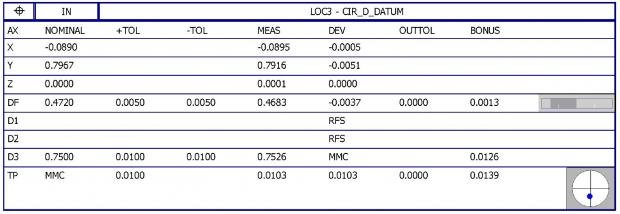

Your Products have been synced, click here to refresh


is it me or does the link not work?
I'm interested in finding out how pcdmis is calculating true position if a datum is called out to have MMB.
is it me or does the link not work?
I'm interested in finding out how pcdmis is calculating true position if a datum is called out to have MMB.
| © 2025 Hexagon AB and/or its subsidiaries. | Privacy Policy | Cloud Services Agreement |